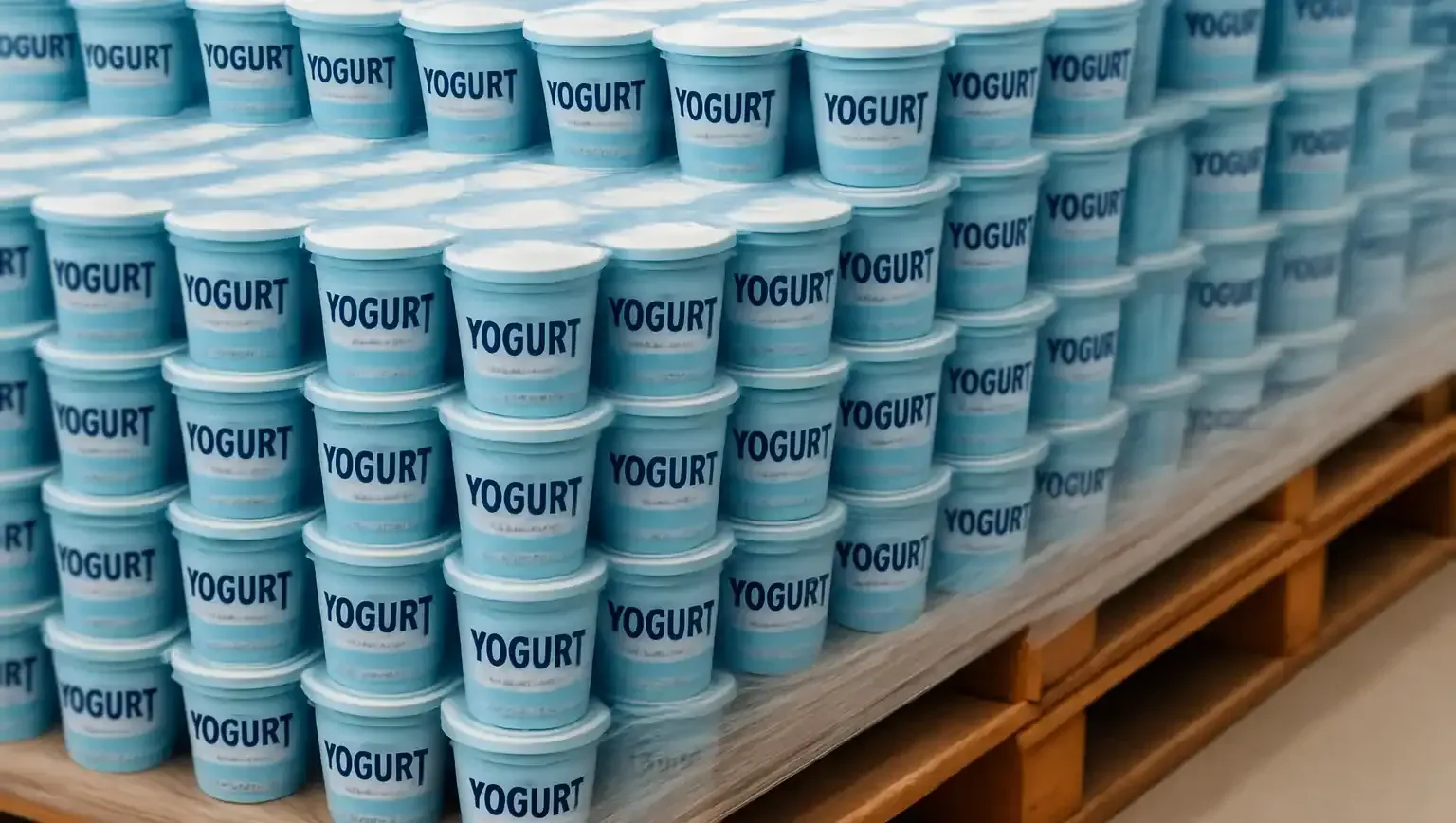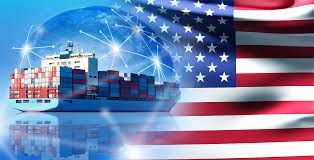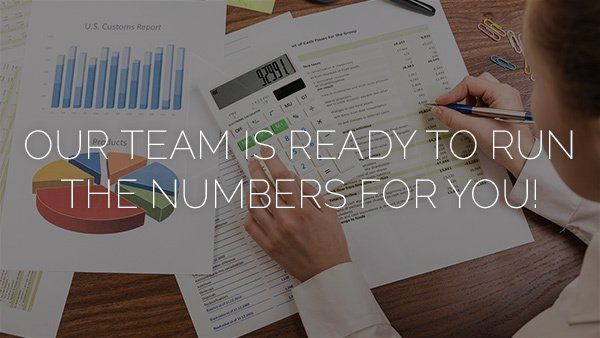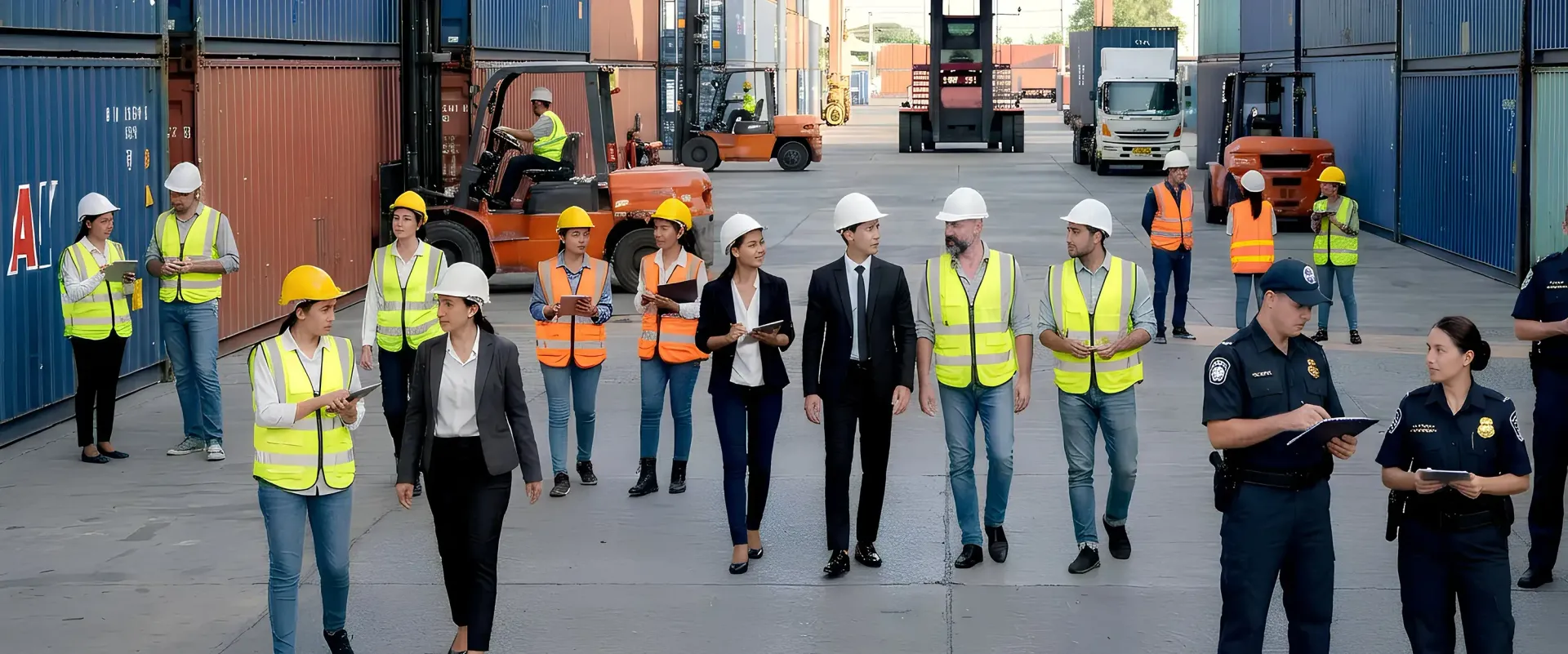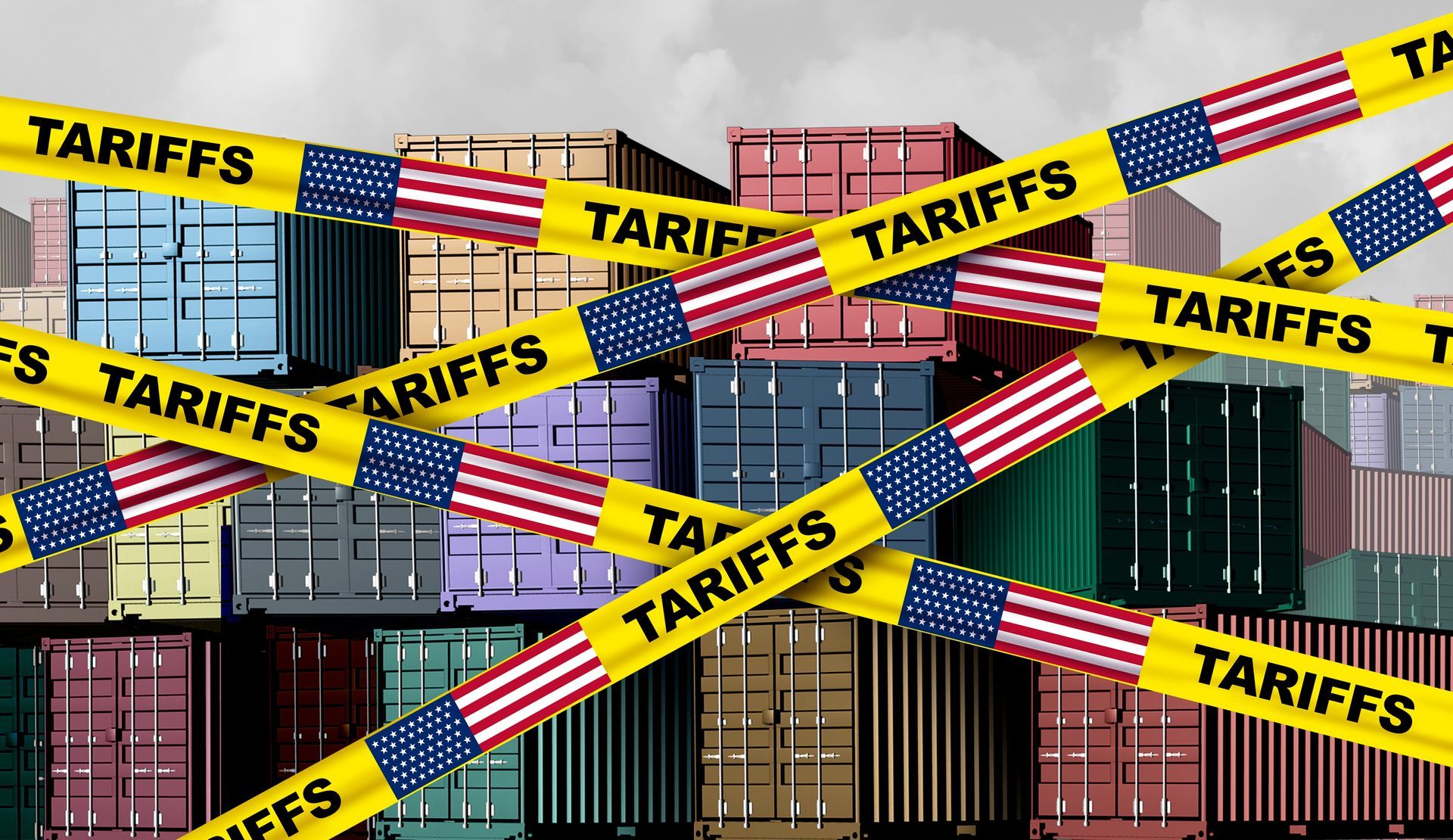How Duty Drawback Works
Are you leaving money on the table?
Hi, my name is Jill
LaMadeleine and I work as a licensed Customs broker with International Tariff
Management. ITM has been in business for 30 years and during that time we have
generated over 50 million dollars in savings for our clients. We specialize in duty
drawback, classification reviews and free trade agreements. If you are an
importer and/or an exporter, you can directly benefit from the services that we
provide. Let me show you how!
Duty drawback is a law
that was put on the books in 1789. It was initiated to encourage exporting from
the United States as well as to support manufacturing in the U.S.
To understand drawback
simply, if you import something into the US, pay a duty or tax on it and export
it as is, or as part of a US manufactured product, you can recoup 99% of the
duty paid on the import upon the export.
Today, only about 25% of
eligible duty is being recovered from the US government. That is $500 million
dollars of a potential $2 billion dollars. This means there is $1.5 billion
dollars still available and we would like to help you claim your portion back.
You need not be the direct
importer or the direct exporter of a product in order to claim duty drawback.
We work on drawback programs with many domestic manufacturers and resellers of
imported product. ITM provides all of the necessary guidance and support required
to establish and manage your duty drawback program.
Y our company might be
leaving money on the table that can drop to the bottom line.
Let us review your circumstances to see if any part of that $1.5
billion dollars is yours.
Get actionable advice on cost-saving strategies that boost your bottom line.
Subscribe here:


